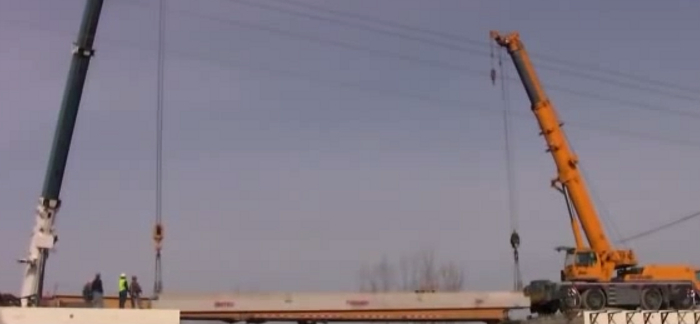When it comes to beam bridges (which can also be known as girder bridges), there are many who criticize their structure, while there are others who prize their simplicity. While some engineers sneer at the beam bridge for aesthetic reasons, others value their construction and support their continued existence. The following is a closer examination of the pros and cons involved with beam bridges.
List of Pros of Beam Bridges
1. Simple Construction
Of all the bridges that can be built, beam bridges are considered to be of the simplest designs of all. Beam bridges, at their most simplistic form of construction, merely consist of one very long beam that is supported at either end with a pier. While some engineers may scoff, there are others who prize a more streamlined building process.
2. Inexpensive To Build
For some, the simplicity of a beam bridge is a drawback, for others, it is a way to save valuable money on the construction of important infrastructure. Out of all bridges that can be built, a beam bridge is considered to be the least expensive and for areas that are cash poor, these bridges are able to provide a useful alternative to arch and suspension bridges.
3. Top Notch Materials
Even though a beam bridge is easy to build and not all that complex, there is no sacrifice made when it comes to the quality of the materials that are used. Pre-stressed concrete is typically used, with allows for increased compression force. Steel rods are also utilized during beam bridge construction and they enable the structure to withstand a larger amount of tension.
List of Cons of Beam Bridges
1. Too Vanilla
Those who enjoy having the opportunity to catch a glimpse of new and interesting structures are not always appreciative of what the beam bridge has to offer. By many, they are thought of as the most boring of all bridge designs, lacking a certain pizzazz. Simplicity and cost effective construction may be advantages to some, for others, it is not.
2. Beam Bridges Are Limited By Their Length
Since the supports for a beam bridge are typically very far apart, it can be difficult for the bridge to maintain its structural integrity over the long haul. As a result, most beam bridges are unable to stretch for more than 250 feet, although there are some instances where multiple beam bridges can be chained to each other.
3. Drooping and Sagging
A beam bridge typically experiences a great deal of drooping and sagging, because the bridge’s loads will cause a downward pulling effect. This effect becomes more and more pronounced as weight is added to the bridge’s load. Even the piers will experience this drooping effect.




